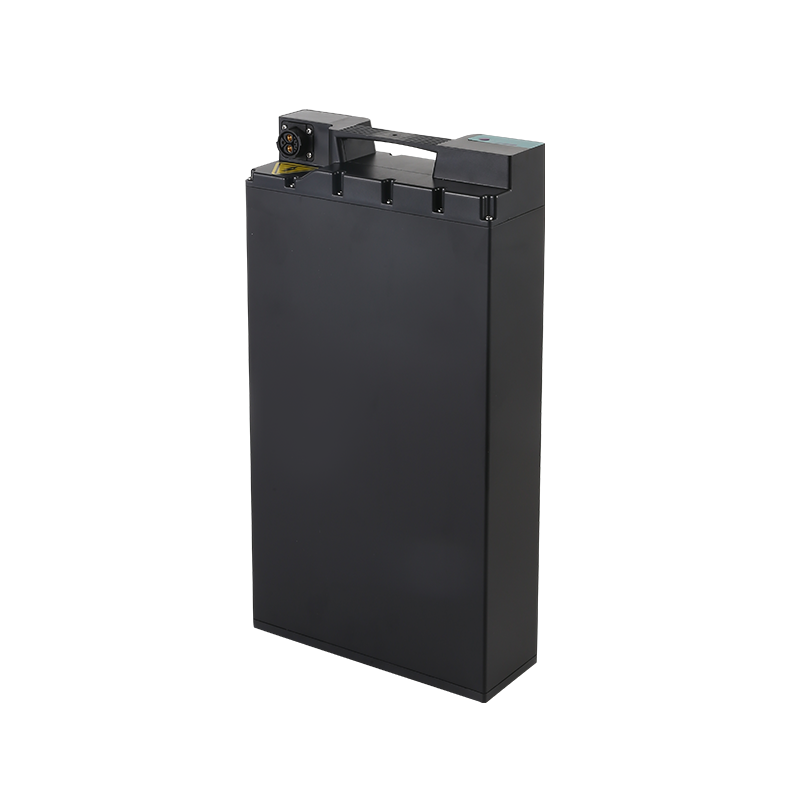Web Menu
Product Search
Exit Menu
Light Electric Vehicle Battery Powers Urban Mobility
In cities and communities worldwide, a significant transformation in personal mobility is underway, driven largely by advancements in light electric vehicle battery technology. This critical component has become the cornerstone of an expanding ecosystem of electric scooters, bicycles, and compact urban transport solutions that are gradually reshaping how people navigate urban environments. The ongoing evolution of the light electric vehicle battery represents more than just incremental improvement in energy storage—it embodies a fundamental shift toward sustainable urban mobility solutions that balance performance, practicality, and environmental considerations.
The technological foundation of the modern light electric vehicle battery rests on sophisticated lithium-ion chemistry and advanced battery management systems. Today's light electric vehicle battery typically incorporates high-density cell configurations that improve energy storage while small overall weight and dimensions. The internal architecture of a quality light electric vehicle battery includes multiple protective mechanisms that monitor temperature, voltage, and current flow during both charging and discharging cycles. These integrated systems work continuously to optimize the performance and safety parameters of the light electric vehicle battery, ensuring reliable operation across various weather conditions and usage patterns while extending the overall service life of the power unit.
Contemporary engineering approaches have significantly enhanced the durability and user experience associated with the light electric vehicle battery. Manufacturers have developed robust protective enclosures that shield the light electric vehicle battery from physical impacts, moisture intrusion, and vibration-related stress that occurs during regular operation. The trend toward modular design in many light electric vehicle battery systems allows for more straightforward maintenance and potential component replacement, reducing long-term ownership costs. Practical user-oriented features—such as removable battery designs, state-of-charge indicators, and fast-charging capabilities—have made the light electric vehicle battery more convenient and adaptable to various urban living situations, where access to charging infrastructure may vary.
The expanding role of the light electric vehicle battery within urban transportation systems reflects broader shifts in urban planning and environmental policy. Municipal governments and transportation authorities are increasingly recognizing vehicles powered by efficient light electric vehicle battery systems as legitimate components of integrated urban mobility networks. The growing reliability and performance of the modern light electric vehicle battery have enabled these vehicles to transition from recreational novelty to practical daily transportation for commuting, commercial delivery services, and personal errands. This transition, supported by continuous improvement in light electric vehicle battery technology, contributes to reducing traffic congestion and lowering urban transportation emissions while providing residents with flexible mobility options.
Future development trajectories for the light electric vehicle battery point toward continued innovation across multiple technical domains. Research institutions and manufacturers are investigating next-generation battery chemistries, including solid-state and lithium-sulfur configurations, that could potentially offer significant improvements in energy density and safety characteristics for the light electric vehicle battery. Simultaneously, industry stakeholders are establishing more comprehensive circular economy protocols for the light electric vehicle battery, focusing on repurposing, remanufacturing, and recycling processes that address sustainability concerns throughout the product lifecycle. As urban populations continue to grow and cities implement policies favoring low-emission transportation solutions, the light electric vehicle battery will remain an essential technological enabler, powering the lightweight, efficient personal mobility solutions that are becoming increasingly integral to sustainable urban living in the 21st century.
-

+86-13049701086
-

Stonehuang@CGONEN.com
-

No.88, Huji Road, Taizhou Bay Binhai New Area, Jiaojiang District, Taizhou City, Zhejiang Province, China











